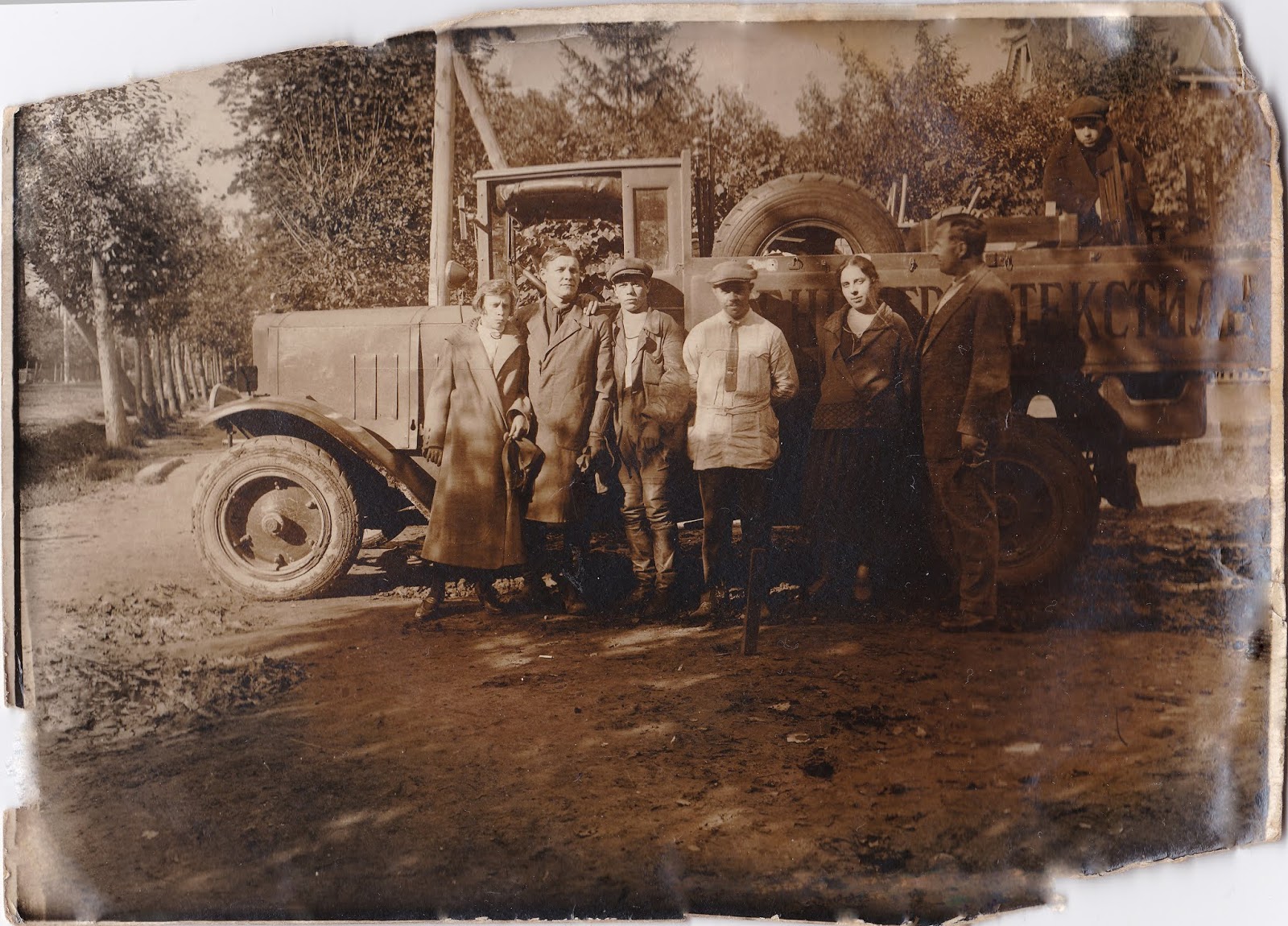Zaraysk.

Zaraysk is a small town that lies 120 kilometers southeast from Moscow. It was originally settled in the 12th century, but was burned down or otherwise destroyed several times by nomadic tribes. The last time, it was burned by Mongols under Khan Batu in 1237. In that time, this land was part of the Ryazan principality--one of the main competitors of the Moscow principality. In 1521, together with the entire Ryazan Principality, the town was annexed to the Moscow Principality. Zaraysk became an outpost near the southern border of the principality, and a target of devastating raids of Crimean Tatars during the entire 16thcentury. During the period of 1528-1531, by order of Vasily III, a stone kremlin with seven towers was built here. The walls of the new fortress were three meters thick and nine meters high. The new fortress was a powerful fortification, since the Osiotr and Monastirka rivers were natural barriers for the enemy. Italian architects working in Russia at that time possibly took part in the construction. In 1533, the Zaraysk Kremlin was attacked by the Crimean Tatars for the first time, led by Islyam I Giray and Safa Giray. In 1541, the city was besieged by the Khan of Crimea, Sahib I Giray, but he was unable to capture the Kremlin and was defeated by the voivode (war lord) N. Glebov. Attacks on the city by the persistent Crimeans took place again in 1542, 1570, 1573 and 1591.
In the time of Basil III, a wooden fortress was also built near the walls of the Zaraysk Kremlin. Wooden bridges were constructed over moats that surrounded the wooden fortress. Important trade then began developing in the town, since the major road to Ryazan, Kolomna and Kashira was nearby. In the 16th century, Zaraysk’s population consisted of many peasants, military, merchants and artisans.

In February and March of 1607, near Zaraysk, there were clashes between the rebels of Ivan Bolotnikov and the army of Vasily Shuysky. On March 30 (April 9), 1608, the troops of false Dmitry II (mainly the Poles of Colonel Alexander Lisovsky) defeated the united Ryazan-Arzamas militia in Zaraysk, and occupied the town. The city was liberated on June 1 (11), 1609, by troops of the Ryazan militia under the leadership of Prokopiy Lyapunov. At the end of 1610, Prince Dmitry Pozharsky became the voivode of Zaraysk. Pozharsky suppressed a rebellion of the supporters of false Dmitry II and defeated the squad of Ryazan voivode Isaak Sumbulov, who took the side of Poles and captured Zaraysk on December 1610. In 1611, Pozharsky, together with his araysk squad, joined the first militia which tried to expel the Poles from Moscow. More than three hundred soldiers who fell at walls of Moscow were buried on the edge of Zaraysk. This mound, named Lisovsky, remains today.
In the 17th century, the city was given the name of Zaraysk. In 1669, in the village Dedinovo, not far from Zaraysk, the first Russian military ship, "Oryol" (Eagle), was launched. The year 1673 marked the last attack of the Crimean Tatars on Zaraysk, and at the end of the 17th century the town lost its defensive importance and became a significant center of craft and trade on the Astrakhan road. Zaraysk remained an important center of trade into the 1800s, and at that time, the city had more than 500 merchants and 136 shops. When the New Ryazan road was built in 1847, bypassing Zaraysk, the importance of the city as a trade center began to decrease significantly. The railway between Moscow and Ryazan, built in 1864, also bypassed Zaraysk. That caused a further decline in the town’s economic development (in 1870, a 27-kilometer branch to the town ultimately was built).
The Soviet period was not very important in the history of Zaraysk, as it was marked mainly by the mass demolition of local churches. Fortunately, not all were demolished due to the beginning of Great Patriotic war.

The main entrance to the Kremlin with the Chapel of St. Nikolas the Miracle Worker on the left.

Rear view.

The Cathedral of the Beheading of John the Baptist, built in 1904.
And St. Nikolas Cathedral (built in 1681) behind it.


Not all parts of the wall are in good condition.

The construction of the wall is typical for fortifications of the time.

The Kremlin is small, but interesting.
Here, I wanted to write more about the rest of Zaraysk, but I have much work and only time to post several photos with short explanations. It's difficult to write in English if it's not your native language. I promise to write a longer post next time.

The main street with the monument to soldiers who were casualties of the Great Patriotic War. It has an eternal flame which you see in front.

The church nearby.

Like many another old towns Zaraysk is full of colorful pre-revolutionary houses like this one.

…and this one.

And like in many other small, old towns, some of them are abandoned.

An interesting water tower. People at that time would often construct even utilitarian things with beautifully-designed architecture.

One more lovely little town on my way.



T.I. Titanium Septum Ring.
ReplyDeleteT.I. Titanium Ring. $75.00. T.I. T.I. Titanium Ring. $50.00. T.I. T.I. T.I. T.I. T.I. T.I. T.I. T.I. T.I. titanium tools T.I. medical grade titanium earrings T.I. T.I. T.I. T.I. T.I. T.I. titanium rod T.I. T.I. T.I. T.I. T.I. T.I. T.I. T.I. T.I. sunscreen with zinc oxide and titanium dioxide T.I. T.I. T.I. T.I. T.I. T.I. T.I. 출장샵 T.I. T.I. T.I. T.I